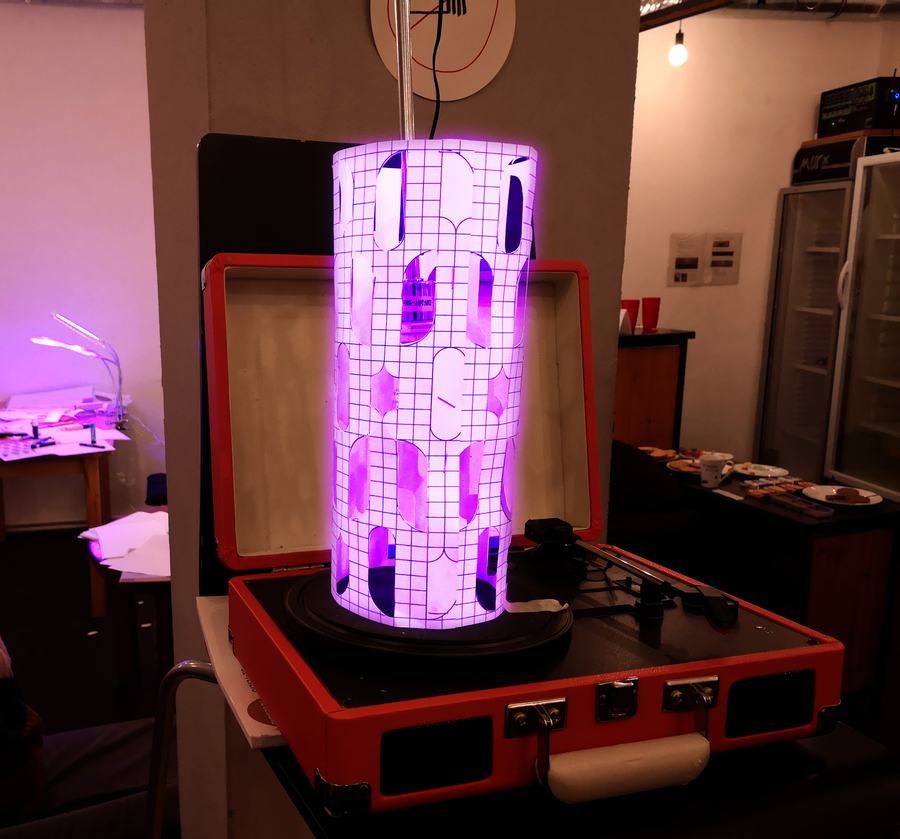TYPOLOGY OF DREAMS: A BOOK OR A DECK OF CARDS
As mentioned, the word ‘dream’ refers here to a specific conscious content — a vision, a thought, a memory, an idea, etc. — that arose in the participant's mind while interacting with the Dreamachine, and that was afterwards written down during the free writing session and/or recorded during group discussions. This use of ‘dream’ is much closer to the meaning of the word ‘daydream’ than to actual night dreams studied by psychoanalysis, which, however, did not prevent me from considering the Freudian concept of Dreamwork applicable, as discussed below. Psychoanalytic doctrine dictates that a dream cannot be communicated other than in the form of a dream report. Indeed, the raw outcome of the workshops was in most cases a collection of such reports, hand-written or audio recorded. But our initial idea – as workshop designers – was that a dream construction should not necessarily stop at the stage of a dream report. It can be developed further to become any kind of artefact — at least such possibility was frequently discussed in the groups. All in all, regardless of the medium used, any artwork always begins from a certain idea, a vision, a ‘dream’. In this respect tracing a trajectory of an artefact from an ‘empty mind’ perceptible to ideas to any given solid form is similar to the way artefacts are understood in Actor-Network approach: each of them is, in fact, a project that can be developed only up to a certain point
Since every interaction with the Dreamachine led to a seemingly arbitrary dream report, each participant was bringing to the table a topic independent of other topics. Group conversations often took the form of the ’round of reports’, which followed free-writing sessions, during which the initial translation of a particular content into a text occurred. By the end of workshops a number of personal stories — dream reports and accompanying conversations — were collected. My intention was to see these collections as a typology of possible life situations encountered by a given community, a sort of a local ‘queer agenda’. Traditionally, a collection of dreamed subjects takes the form of a Dreambook, such as Oneirocritica by Artemidorus Daldianus. In my case it took the form of a deck of associative cards.
DREAMACHINERY
Based on the close engagement with local communities in the context of artistic workshops, the project focuses on what post-soviet queer people dream about while living in a hostile environment. In my interpretation, these dreams appear to circulate, emerging from the light of the Dreamachine, being transformed afterwards into writings and other artefacts, and then returning back to the communities in the form of a deck of cards.
This cycle can be seen as a sequence of alchemical transformations from nothing to something and back again. In the beginning there is ‘nothing’ represented by the participant’s ‘empty mind’ exposed to the Dreamachine, then a certain content (a dream) appears, which afterwards gets recorded or written down, thus becoming a dream report which can be shared with the group, becoming a part of the community’s agenda. After collecting many reports and discussions, a deck of cards is produced where each card corresponds to a particular topic. This deck of cards, rooted in the personal experiences of the local queer communities, is intended to be used by those very communities for a variety of purposes, such as divination, storytelling, or in any of the many ways that associative cards can be used.
The entire cycle — from an empty mind to an idea to a writing to a solid artefact and back again — can be seen as an exemplary scheme of the process of art production in general. This cycle is what I call ‘Dreamachinery.’

